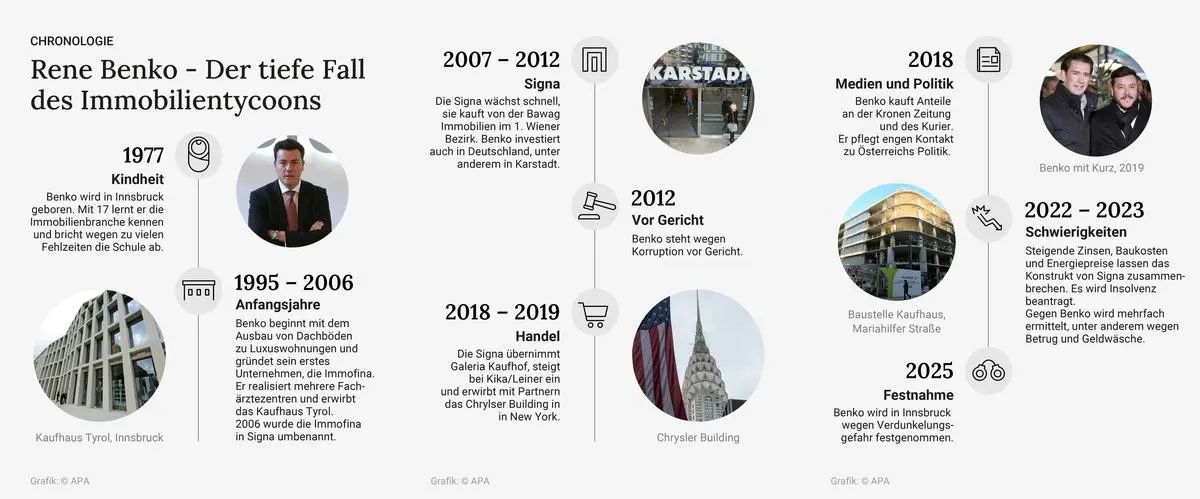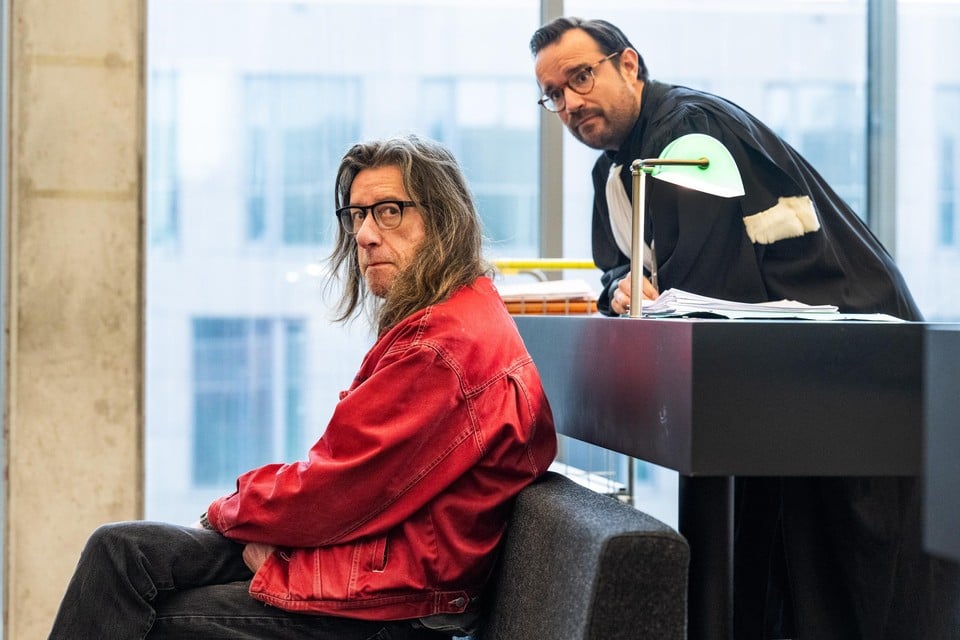Higher, stronger, more expensive. The Giant War

When youtuber Jimmy Donaldson, better known as Mr. Beast, reached the top of Burj Khalifa’s needle, after more than an hour fucking stairs and more stairs, had a vision that only seven others experienced. At 600 euros per night, staying in a room at Hotel Armani, installed in eleven floors of the building, is for rich. But climbing to the top of the highest skyscraper in the world is an extravagance only within the reach of a millionaire (and in excellent physical form)-actor Tom Cruise was the first, followed by the Hamdan Bin Mohammed al Maktoum, Prince of Dubai.
828 meters high, everything you see below seems small-and the human who gets the prowess to get there must feel even smaller before such vertigo. “A caças!” Commented Mr. Beast to his fans. « You shouldn’t have looked down, it’s scary.
It is not necessary to climb to Burj Khalifa’s needle to realize that a building of this scale is an engineering prodigy. But maybe if you have this notion better if we think about how things can go wrong. The famous Tower of Pisa, with its four-degree slope, offers us a good example of this. Started in 1173, it had been five years from the beginning of construction when the soil began to slaughter under the weight of the stone. The tower, which then went on the third floor, continued to grow, and the ground continued to sink. Situated in the Dei Miracoli field, the miracle today seems to be as it remains standing.
It was not the first time the soil gave in to the weight of a large construction, forcing a change of plans. Many centuries earlier, Dhashur’s ‘Marreca’ pyramid, built in the Egyptian desert 4600 years ago, had to have his project altered because of structural problems that emerged during construction. This failure has proved to be a perfect essay for Khufu’s great pyramid, erected on the Giza plateau on an unshakable base.
The palace that put water And the list of cases continues. A century ago, in the first congress of the Communist Party, which took place in December 1922, a high Soviet leader announced the construction of a « emblem of the force of the proletariat. » The contest for the project, opened in 1930, would have 160 proposals. The winner was the Soviet Palace, signed by three eminent Russian architects.
“The Soviet Palace would be the largest building in the world,” writes Richard Overy in The Dictators (Ed. Bertrand). “It had a built area of 110,000 square meters; its height, 420 meters, was higher than that of the newly concluded Empire State Building in New York. In its vast base-so large that the concrete for the foundations consumed 16% of the annual cement production of the USSR-six to the other. Lenine, three times larger than the Statue of Freedom, over 90 meters high. It was not yet all: « Inside, under a 100-meter summit, there was a congress salon for 21,000 delegates of world socialism. The general effect was to evoke images of the ideal city of a premodern age, a monument to a new utopian civilization that could be compared to the seven wonders of the ancient world. »
The case resembles an old anecdote that was told about a new plane model, a super jumbo, with an unusual capacity: three floors, two pools, sauna, tennis cut, four restaurants, two thousand passengers. On the inaugural flight, after listing all these equipment, the commander advised: “And now make figs, to see if we can get a flight with this whole junk…”
In the case of the new temple of Marxism-Leninism there was another significant detail: it was going to be built on the foundations of the Cathedral of Christ the Redeemer. The meaning was clear: one religion replaced another.
The Cathedral was dynamic and sent by the air in 1931. But the Soviet Palace did not advance the war soon after and the war was built. When the work was resumed and the foundation began to launch, the engineers realized that the new building was going to settle on a water sheet fed by 117 springs. They tried to launch concrete and, in despair, dumped thousands of heads from an ancient cemetery to create a stable base. In vain. « During the war the reinforced steel skeleton was dismantled and used to make tanks. » And speaking of tanks, instead of the expected tower, a gigantic public water pool was born in that hole.
Useful projects The failure of the Soviet Palace shows as well as the major works depend on the capacity – technical, technological and financial – on the regimes that promote them. For a few more decades, the haunment of Manhattan skyscrapers continued to be a tangible symbol of the supremacy of American capitalism. Today are the Arab and Asian countries – cities like Dubai, Shanghai, Bangkok and Kuala Lumpur – which proudly display their steel and glass giants as symbols of progress and prosperity.
But the great works can have a purpose much beyond the prestige and pure exhibitionism of the new rows. They may be promoting economics, prosperity and dynamism.
Around 1800, Monaco was a difficult coastal zone. The journey through Nice, in a horsepower carriage, implied a stretched out of about 12 hours – a whole day from morning to night, in very uncomfortable conditions. When the railway was inaugurated in 1867, the trip was reduced to a 45-minute walk. Quickly Monaco, however renamed Montecarlo, became a rich and elegant election destination.
Another great achievement of the engineers of the second half of the nineteenth century was the S. Gotardo rail tunnel in the Alps, which linked Göschenen to Ticino. At 15 kilometers long, it took almost ten years to build and complained over 300 lives of workers. He was in the genesis of the current base tunnel of São Gotardo, inaugurated in 2016, a network with a total of more than 150 kilometers of tunnels, galleries, wells and underground passages.
Towers and tunnels constitute a good metaphor. There are states that seem to have to assert themselves, and build large towers toward the sky, to be seen from the distance (a note: originally the word skyscraper designated the highest mast of a ship); Others, more discreet, work as ants on large infrastructure to prepare the future.
This dichotomy remains valid in the days they run. While the Germans and the Danes prepare the world’s longest underwater tunnel, the FehmanbelT Link (see pags. 6-7), which will accelerate calls, the Arab countries bet on buildings to make the crowds down, like Mukaab, a 400-meter-high gold cube (see pages 8-9). But it is precisely this diversity of points of view and cultures that also makes the beauty of the world.







